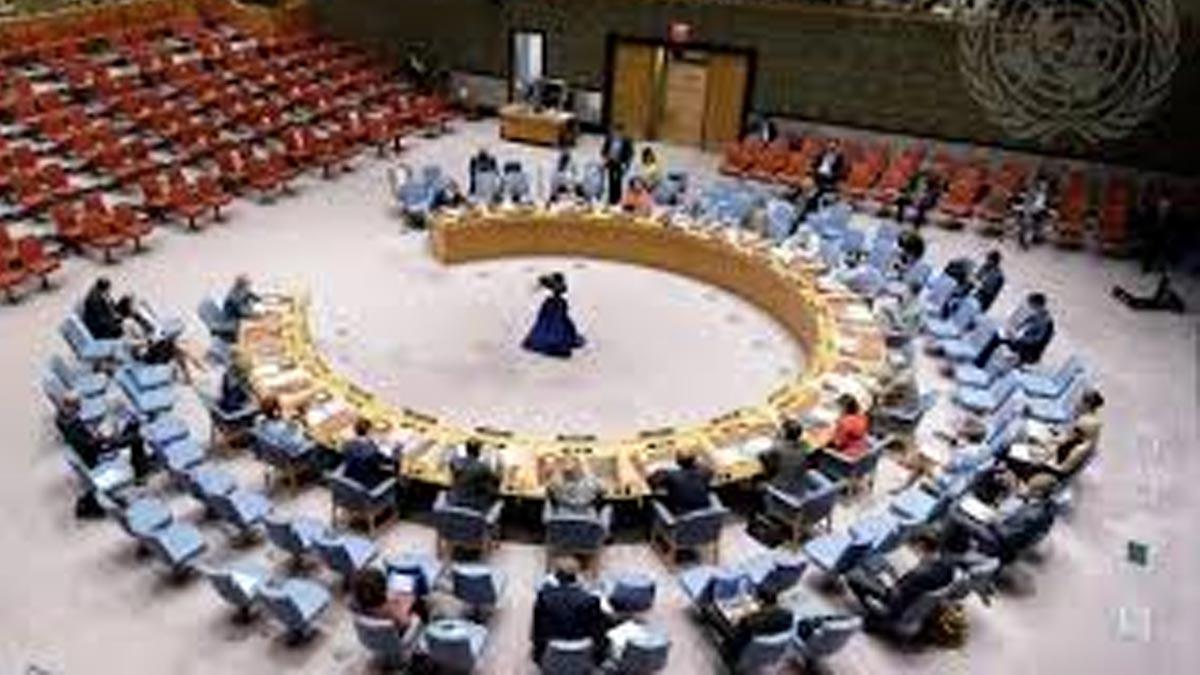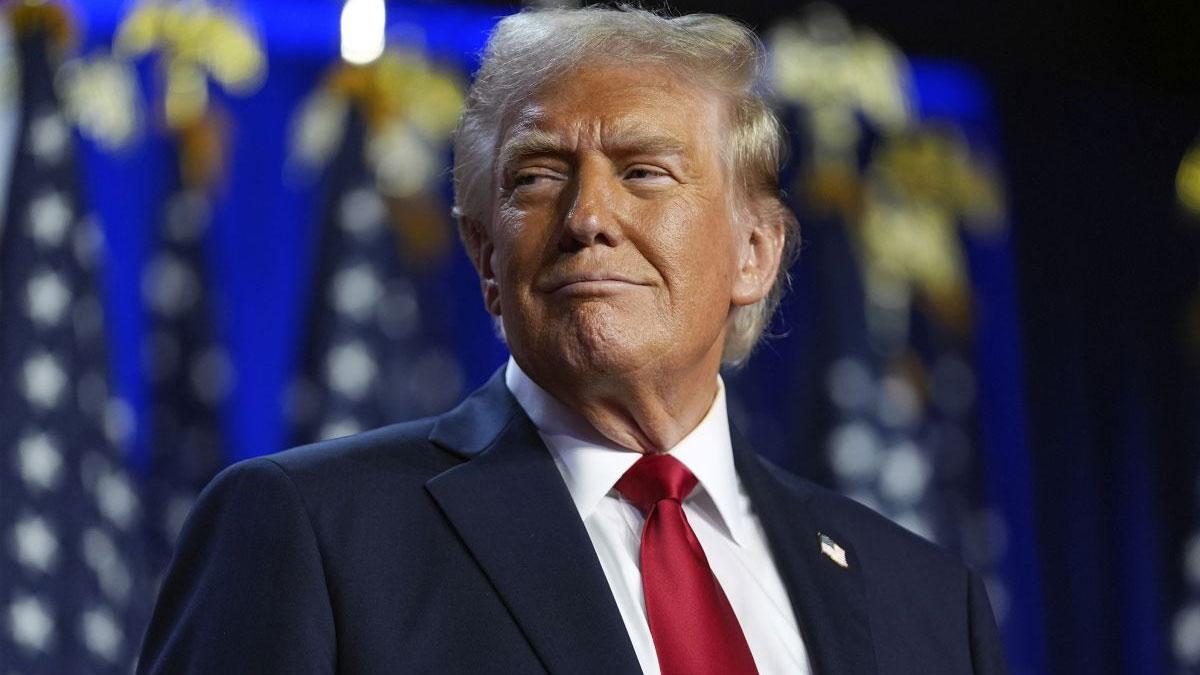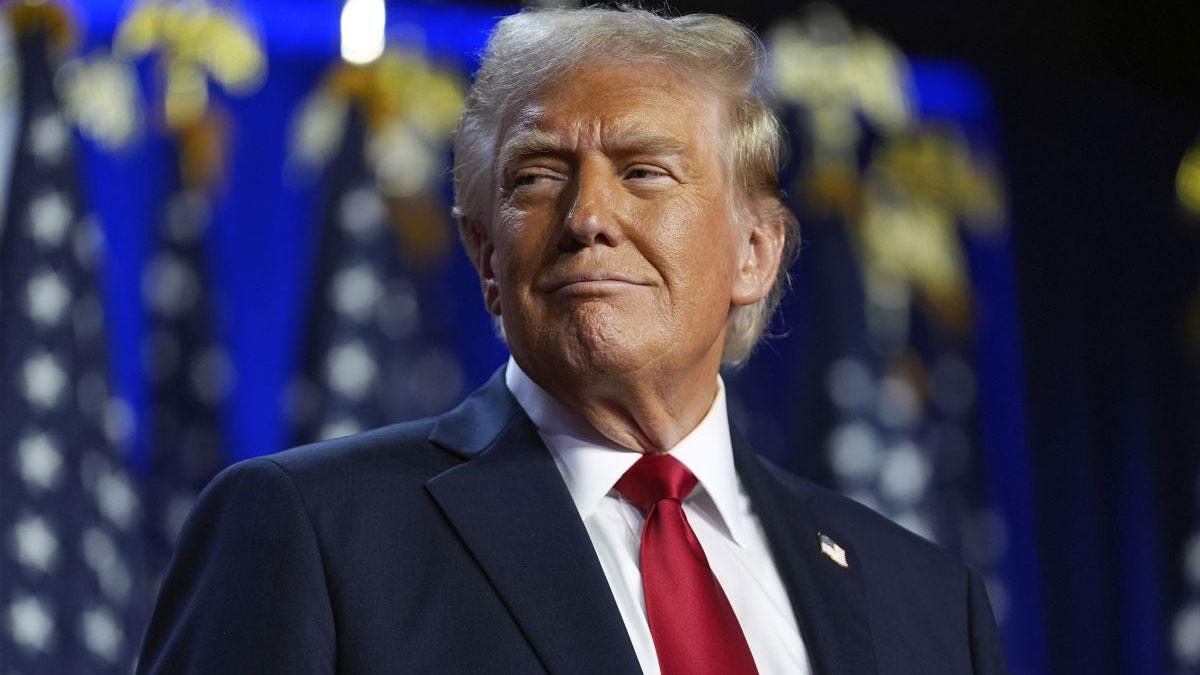In 2016, following the horrific Uri attack, when 18 Indian troops were killed by Pakistan-sponsored terrorists, Prime Minister Narendra Modi was seen speaking from the heart, saying, "Blood and water can't flow together at the same time."
His statement echoed India's growing frustration with the Indus Waters Treaty (IWT), an agreement long considered by many experts to be very "generous" from India, while Pakistan went on sponsoring terrorism in India. After being warned again and again to reconsider the treaty, India kept fulfilling the terms — until now.
Taking a bold step on Wednesday, India suspended the IWT for the first time ever after another vicious attack — the murder of 26 individuals in Pahalgam, Kashmir, by Pakistan-backed militants.
The Indian government declared that the treaty would be held "in abeyance" till Pakistan halted its cross-border terror operations.
This daring move is being interpreted as a game-changing moment in India-Pakistan relations and has set off vital questions: With India having suspended the treaty — which had given Pakistan access to the western rivers of the Indus basin (Indus, Chenab, and Jhelum) — what happens to the waters of these rivers? Can India tap them for its use? And with a number of infrastructure projects in the works, how quickly could India realistically restrict Pakistan's access to this water?
Experts point out that while India now has diplomatic and legal room to construct storage and diversion facilities on the western rivers, it has practical problems. The absence of imminent large-scale infrastructure implies that significantly modifying river flows towards Pakistan will not be possible overnight.
Now, Pakistan is dependent largely on the Indus River System. It uses about 93% of its water for irrigation and hydroelectric power generation, irrigating almost 80% of the nation's land. The agrarian economy of Pakistan is critically dependent on this water resource.
The significance of the river system was starkly highlighted by Pakistan People's Party leader Bilawal Bhutto, who once threatened, "Either our water will flow through it, or their blood will."
HOW THE INDUS WATERS TREATY SHARED THE RIVER SYSTEM
The Indus Waters Treaty of 1960, after almost a decade of talks and with World Bank mediation in Karachi, shared the waters of the Indus basin between Pakistan and India.
India secured complete ownership of the eastern rivers — Ravi, Beas, and Sutlej — with a total of about 33 million acre-feet (MAF), or 41 billion cubic meters (bcm) per year. The rivers were made available for unrestricted use by India.
In contrast, Pakistan was given rights to the western rivers — Indus, Jhelum, and Chenab — which together yield approximately 135 MAF (99 bcm) or about 80% of the whole system's flow.
India was allowed limited use of the western rivers for applications like hydropower, navigation, and fisheries, but not substantially modifying or storing their flows.
WHY THE INDUS WATERS TREATY IS UNFAIR TO INDIA
Although it has weathered several wars — in 1965, 1971, and 1999 — and long spells of tensions, the treaty has held. However, most strategic experts claim that it leans very much in Pakistan's favour.
In a post on X, strategic affairs commentator Brahma Chellaney suggested that India has been shouldering the costs of the Indus Waters Treaty for 65 years without any dividends accruing to it from what continues to be the world's most gracious water-sharing agreement.
After the treaty, India used nearly all its quota from the eastern rivers, primarily for irrigation in Punjab, Haryana, and Rajasthan and for hydroelectric projects. Iconic structures like the Bhakra Dam (Sutlej), Pong Dam (Beas), and Ranjit Sagar Dam (Ravi) enabled India to harness nearly 95% of its allocated waters, as per a 2019 Times of India report.
While India's use of the western rivers has been limited to run-of-the-river hydropower schemes such as the 330 MW Kishanganga and the ongoing construction of the 850 MW Ratle, which do not have any significant effect on water availability in Pakistan.
Although the mountainous nature of the western rivers provides immense potential for storage as well as hydro projects, India's storage possibilities are highly limited given the severe limitations of the treaty.
With the treaty suspended, India can, in theory, build new reservoirs and diversion schemes. But short-term large-scale changes are not possible, due to the lack of required infrastructure.
The Indian Express quoted former Indus Waters Commissioner PK Saxena, stating that India would no longer have to notify Pakistan about activities on the western rivers, nor would it have to provide data or permit inspections, thus bringing an end to treaty-related cooperation.
India may also carry out "reservoir flushing" at Kishanganga to lengthen the operating life of the dam — a technique in which sediments deposited over time are flushed out using bottom outlets to drain the reservoir.
Currently, India's storage capacity on the Indus, Jhelum, Chenab, and their tributaries is below 1 MAF, constraining immediate control over these river flows, news agencies reported.
Read also| Russia Asserts Full Control Over Kursk Region, Declares Liberation from Ukrainian Forces


















